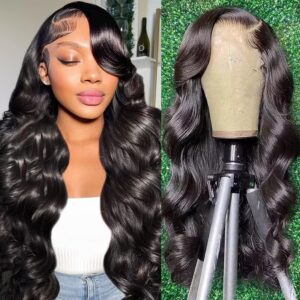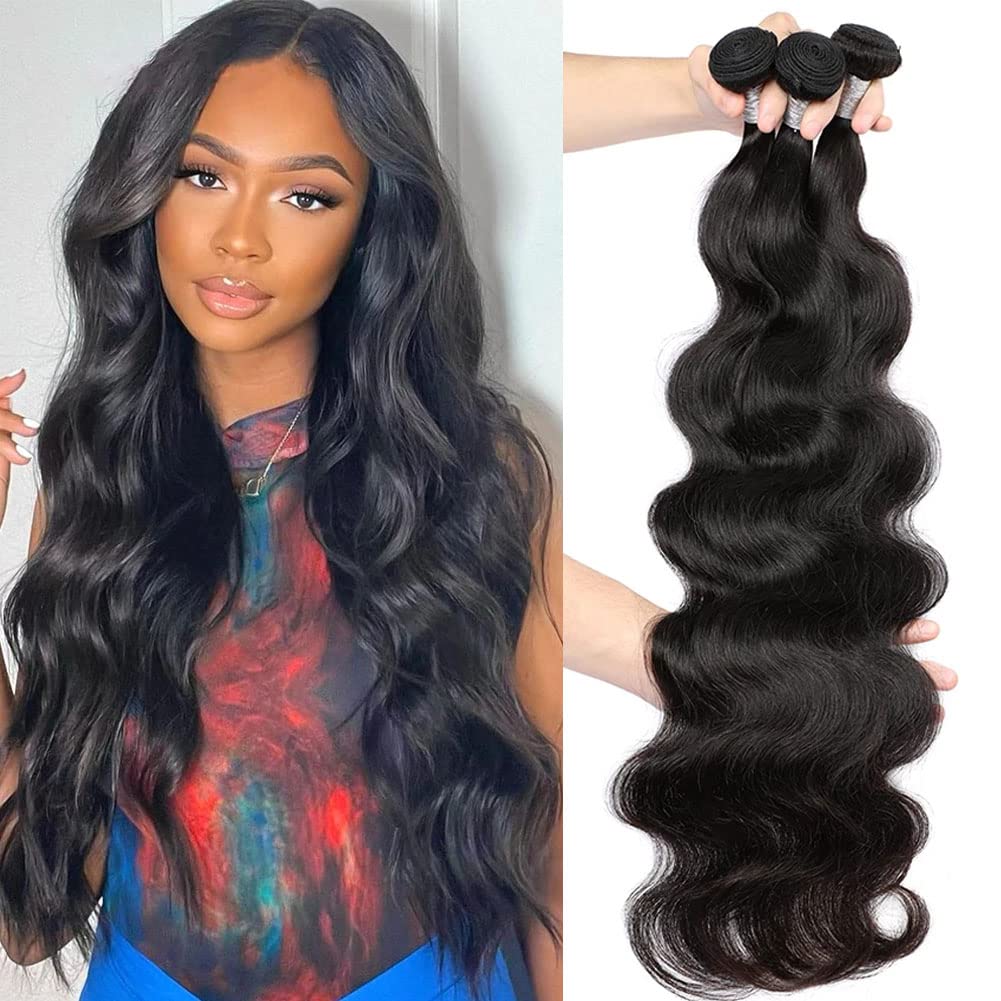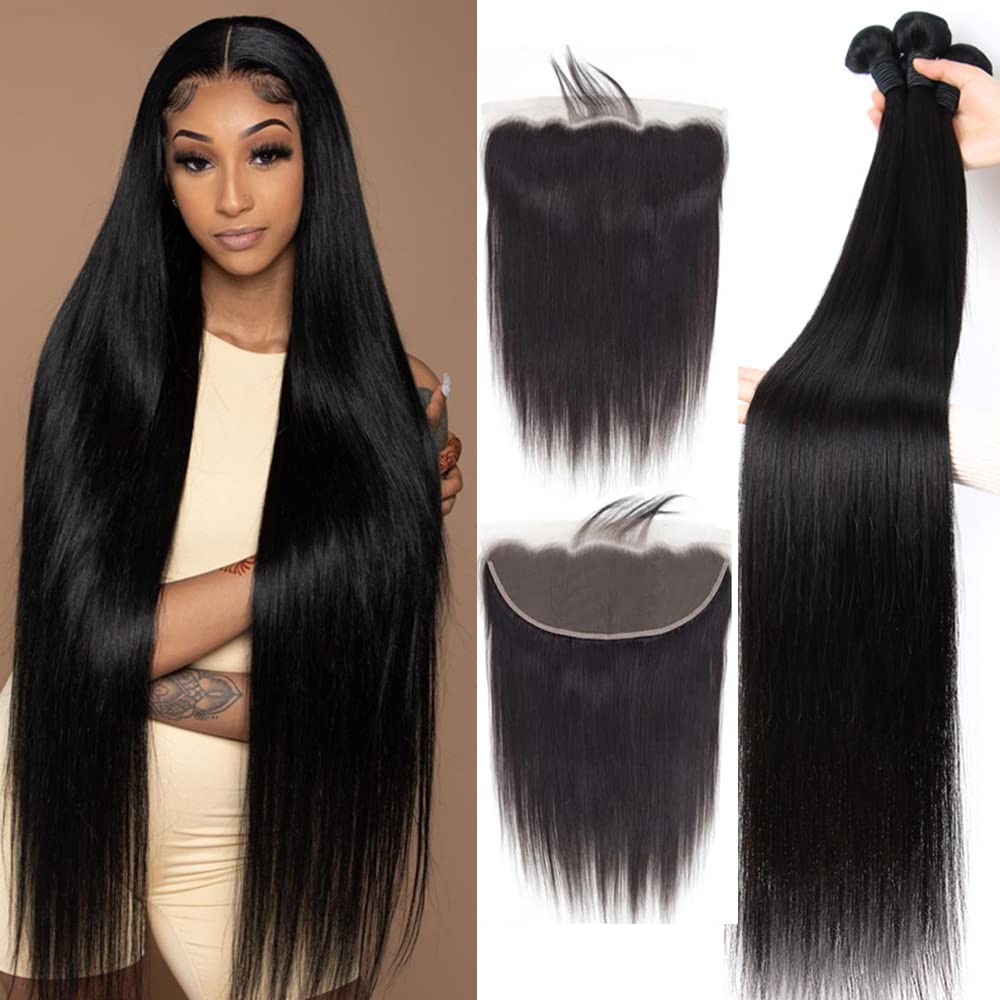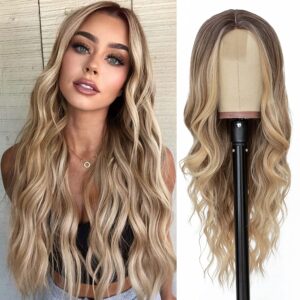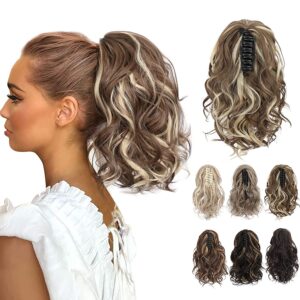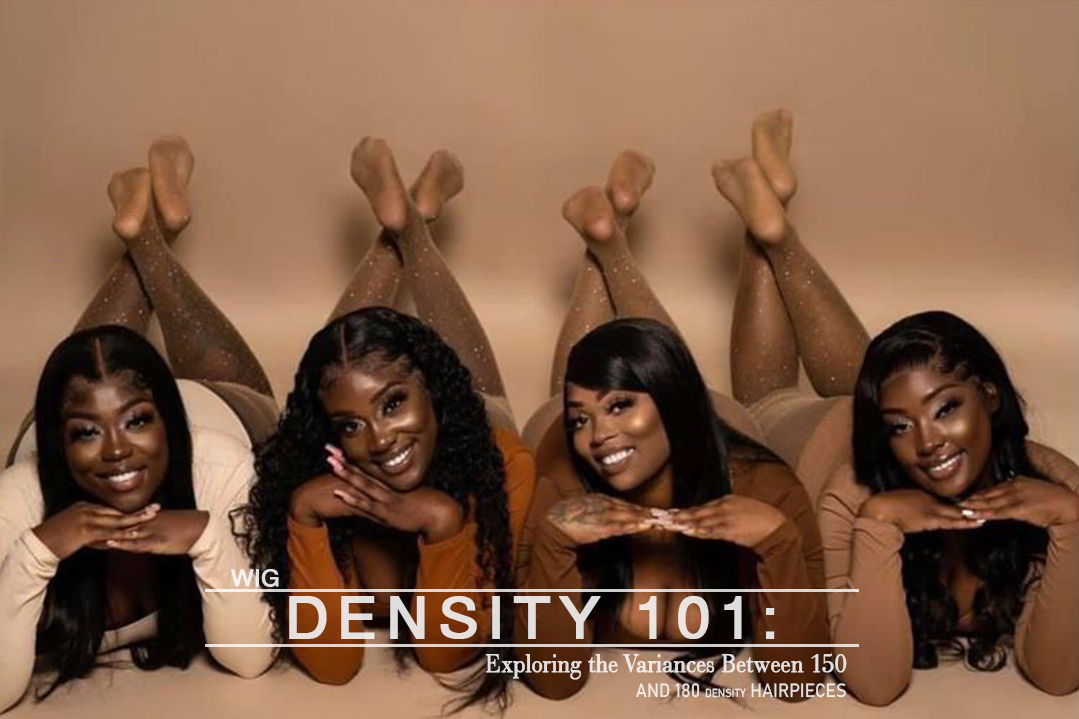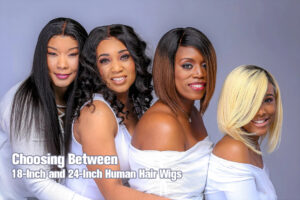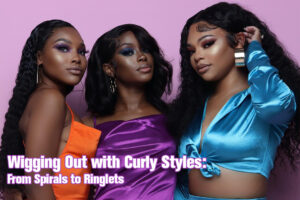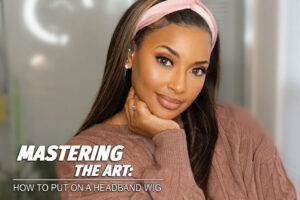Wigs have become an essential fashion accessory and beauty tool, providing the opportunity to switch up your look without making a long-term commitment to a new hairstyle. Among the many factors to consider when choosing a wig, one often overlooked aspect is wig density. Wig density can significantly impact the appearance and comfort of your wig, making it a crucial factor in your selection process. In this article, we’ll delve into the differences between two common wig densities: 150% and 180%, helping you make an informed choice for your next wig purchase.
Understanding Wig Density
Wig density refers to the amount of hair on a wig’s cap, which affects how thick or thin the wig appears. It plays a significant role in achieving a natural, realistic look. Generally, wig densities range from as low as 50% to as high as 250% or more, with 150% and 180% falling in the mid-range. Let’s take a closer look at the differences between 150% and 180% density wigs.
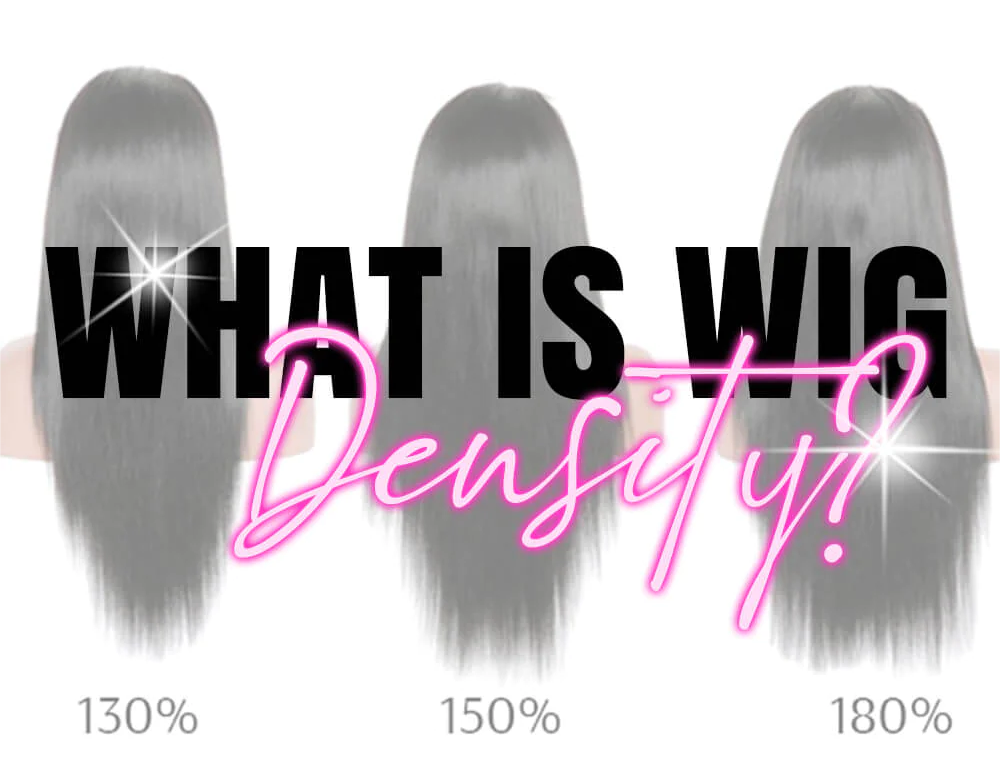
150% Density Wigs
A 150% density wig refers to a type of wig with a specific amount of hair, which impacts its thickness and overall appearance. In the context of wig density, the number “150%” signifies the number of hair strands or hair follicles per square inch on the wig cap. This measurement is used to describe how full or thin the wig looks. Here are some key characteristics of 150% density wigs.
Light to Medium Density
Wigs with a density of 150% are considered to be in the light to medium density range. This means that they have a relatively natural and not overly thick or voluminous appearance. The hair is evenly distributed, providing a subtle and everyday look.
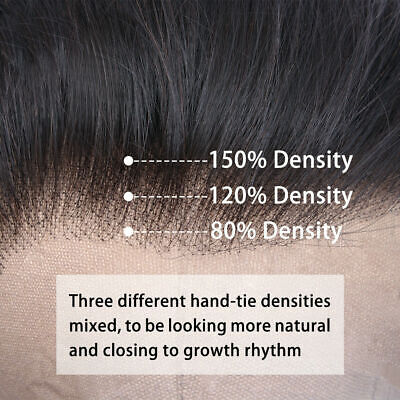
Lightweight and Comfortable
150% density wigs are lightweight and comfortable to wear. They are an excellent choice for individuals who prefer a wig that feels lightweight on their head and is suitable for everyday use.
Natural Scalp Appearance
The lower density of 150% wigs allows for a more natural scalp appearance. When the wig is properly styled and positioned, it can create a realistic hairline and parting, making it appear as though the hair is growing directly from the scalp.
Versatility
While 150% density wigs are generally more understated, they are versatile and can be styled in various ways to achieve different looks. You can wear them straight, wavy, or curly, depending on your styling preferences.
150% density wigs are a popular choice for individuals who want a wig that offers a natural and subtle appearance. They are suitable for everyday wear, professional settings, and situations where you desire a less voluminous and more realistic look.
180% Density Wigs
A 180% density wig is a type of wig characterized by the amount of hair it contains, which significantly affects its thickness, volume, and overall appearance. The number “180%” represents the number of hair strands or hair follicles per square inch on the wig cap. Here are some key features of 180% density wigs:
Medium to High Density
Wigs with a density of 180% fall into the medium to high-density category. This means they have a significant amount of hair, making them thicker and more voluminous compared to wigs with lower densities, such as 150%.

Added Volume and Thickness
180% density wigs provide added volume and thickness, resulting in a fuller and more luxurious look. They are known for their ability to create a bold and glamorous appearance.
Versatile Styling
The higher density of 180% wigs allows for a wide range of styling options. You can create voluminous curls, updos, and various other intricate hairstyles. The additional hair volume lends itself well to more elaborate looks.
Ideal for Special Occasions
These wigs are often chosen for special events, such as weddings, parties, or performances, where a dramatic and attention-grabbing hairstyle is desired.
Face-Framing and Definition
The added hair density can help frame the face and provide additional definition, which is appealing to those who want their facial features to stand out.
180% density wigs are well-suited for individuals who are looking for a wig that offers a bolder and more striking appearance. They are ideal for special occasions and events where a high-impact look is desired. The additional thickness and volume make these wigs versatile for creating various hairstyles and achieving a more glamorous and eye-catching style.
Choosing the Right Density for You
Choosing the right wig density between 150% and 180% density depends on your personal preferences, style, and the specific occasions or situations for which you plan to wear the wig. Here are some guidelines to help you make the decision.
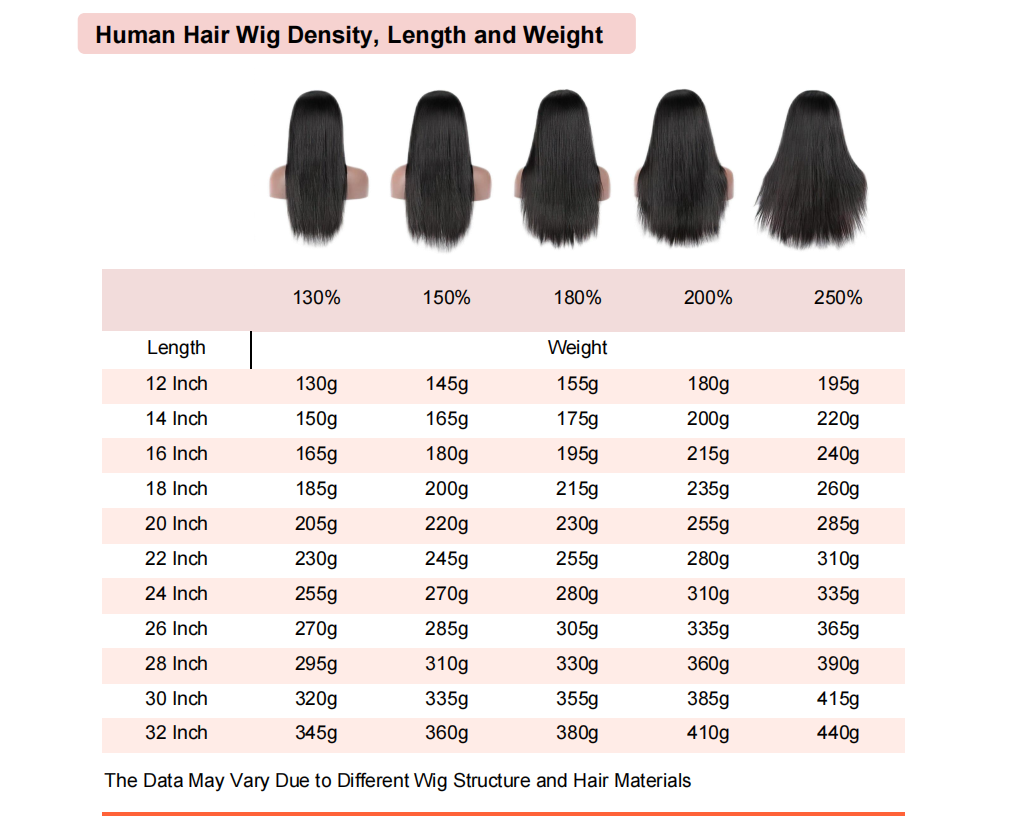
Occasion and Purpose
Everyday Wear
- If you intend to wear the wig on a daily basis or in professional settings, a 150% density wig may be the better choice. It offers a more natural and subtle look, making it suitable for everyday use.
Special Occasions
- For events like weddings, parties, or performances, where a more glamorous and eye-catching appearance is desired, a 180% density wig can be a great option. It provides added volume and thickness for a dramatic effect.
Comfort and Weight
Comfort
- If comfort is a top priority for you, 150% density wigs are generally lighter and more breathable, making them more comfortable for extended wear. They are suitable for all-day use.
Weight
- 180% density wigs, with their added hair volume, can be somewhat heavier. Consider whether you are comfortable with the weight of the wig, especially if you plan to wear it for extended periods.
Styling Preferences
Versatility
- If you enjoy experimenting with different hairstyles and want a wig that can handle a variety of looks, a 180% density wig’s added volume and thickness can provide more styling options. You can create voluminous curls, updos, and other intricate styles.
Subtlety
- If you prefer a more natural and understated appearance, 150% density wigs offer a softer, more subtle look that may better suit your styling preferences.
Face Shape
- Consider your face shape and how the wig density complements it. Some face shapes are enhanced by more voluminous styles, while others may benefit from a softer, less dense appearance.
Experiment and Consult
If you’re unsure which density is right for you, consider trying on wigs of both densities, if possible, to see which one you feel more comfortable and confident in. You can also consult with a wig specialist or stylist for personalized recommendations.
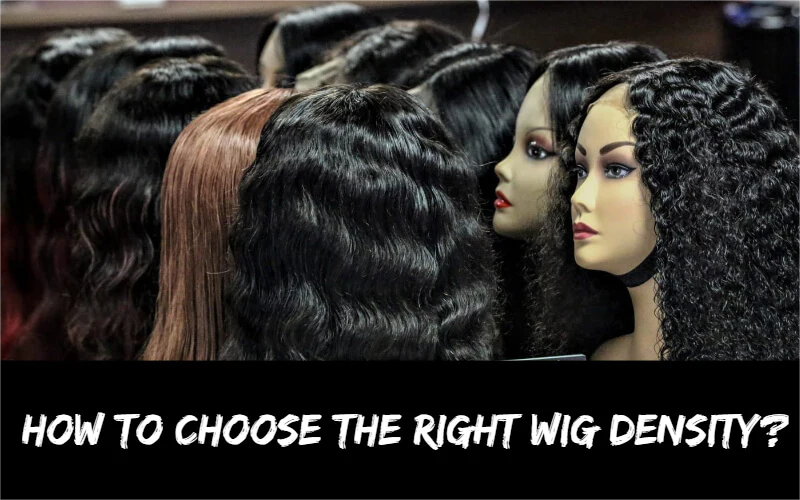
Budget and Maintenance
Keep in mind that wigs with higher densities often require more maintenance and care to maintain their appearance. Consider your budget and willingness to invest time in maintaining your wig when making your decision.
In Conclusion
Wig density is a crucial factor in achieving the perfect wig look. While 150% and 180% density wigs both have their merits, your choice should align with your style preferences and the specific occasions you plan to wear the wig for. Ultimately, the ideal wig density is a matter of personal preference, and experimenting with different densities can help you discover the perfect fit for your unique style.
So, whether you’re aiming for a natural, everyday look or a show-stopping, glamorous appearance, understanding the differences between 150% and 180% density wigs will guide you towards a confident and stylish choice.
When selecting a wig, understanding the density options available and how they impact your look can make a significant difference in your overall satisfaction with your purchase. I hope this article helps you make an informed choice when it comes to 150% and 180% density wigs.

